Weight
0.55 kg
Size
2 × 13 × 21 cm
Language
English
Format
Paperback
Pages
288
Publishing date
December 2024
Published by
Lynx Nature Books
Description
Birds of Spain, 2nd Edition – The Definitive Field Guide to Spanish Avifauna
Birds of Spain, 2nd Edition is the definitive English-language field guide to the birds of Spanish territory, based on the fully revised and expanded fourth edition of Aves de España—Spain’s most widely used bird guide. Recommended by SEO/BirdLife, this edition offers the most current information on the 599 bird species recorded in Peninsular Spain, the Balearic and Canary Islands, and Ceuta and Melilla.
With a practical format and modernized content, this guide is ideal for birders of all levels. It includes over 1,000 illustrations, more than 300 updated distribution maps, and QR codes that link to SEO/BirdLife’s online guide, giving access to bird calls, videos, and photos. Whether used in the field or at home, it’s an essential resource for identifying species and understanding the status of Spain’s birds.
This edition reflects recent ornithological advances, including taxonomic updates from the SEO/BirdLife Taxonomic Working Group and revised conservation statuses aligned with the IUCN Red List (2024). The species are arranged in a new, more intuitive sequence that groups birds by habitat and morphology to improve usability in the field. Aquatic birds, for instance, are now grouped together by habitat type, while diurnal raptors, herons, and waders have been regrouped to better support quick field comparisons. A double-page spread at the end of the book allows for comparison between the previous and current taxonomic sequences.
The guide includes all regularly occurring birds, as well as 191 occasional or accidental species, and five extinct species. The rarities section offers insights into 217 less frequently seen birds, with updated records on their status and distribution.
Key Features
- Species Coverage: Includes detailed entries for 599 bird species found in Spanish territories, with 191 classified as occasional or accidental, and 5 marked as extinct.
- High-Quality Illustrations: Over 1,000 colour illustrations, including 129 brand-new images, depicting males, females, immatures, flight, and seasonal plumages.
- Updated Distribution Maps: More than 300 colour maps showing breeding and seasonal presence, reflecting the most recent data.
- New Taxonomic Sequence: Species are reorganized for better usability in the field, based on SEO/BirdLife taxonomy.
- Integrated Digital Content: QR codes link to SEO/BirdLife’s official online guide, providing bird calls, photographs, videos, and additional information.
- Conservation and Status Data: All species’ conservation statuses have been revised in line with the 2024 IUCN Red List.
- Rarities Section: A dedicated section includes 217 rare or accidental species, with notes on their status and distribution in Spain.
- Appendix for Extinct Species: Includes detailed treatment of five extinct birds recorded historically in Spain.
- Compact and Durable Format: Ideal for field use, fits easily in a jacket pocket, and is built to withstand rough outdoor handling.
- Rich Bibliography: References recent national and regional ornithological publications and bird reports for further research.
Whether you’re planning a birding trip, conducting research, or simply exploring Spain’s rich avifauna, Birds of Spain, 2nd Edition combines practicality with scientific accuracy, making it the most complete guide to Spanish birds available today.
1 review for Birds of Spain2nd Edition
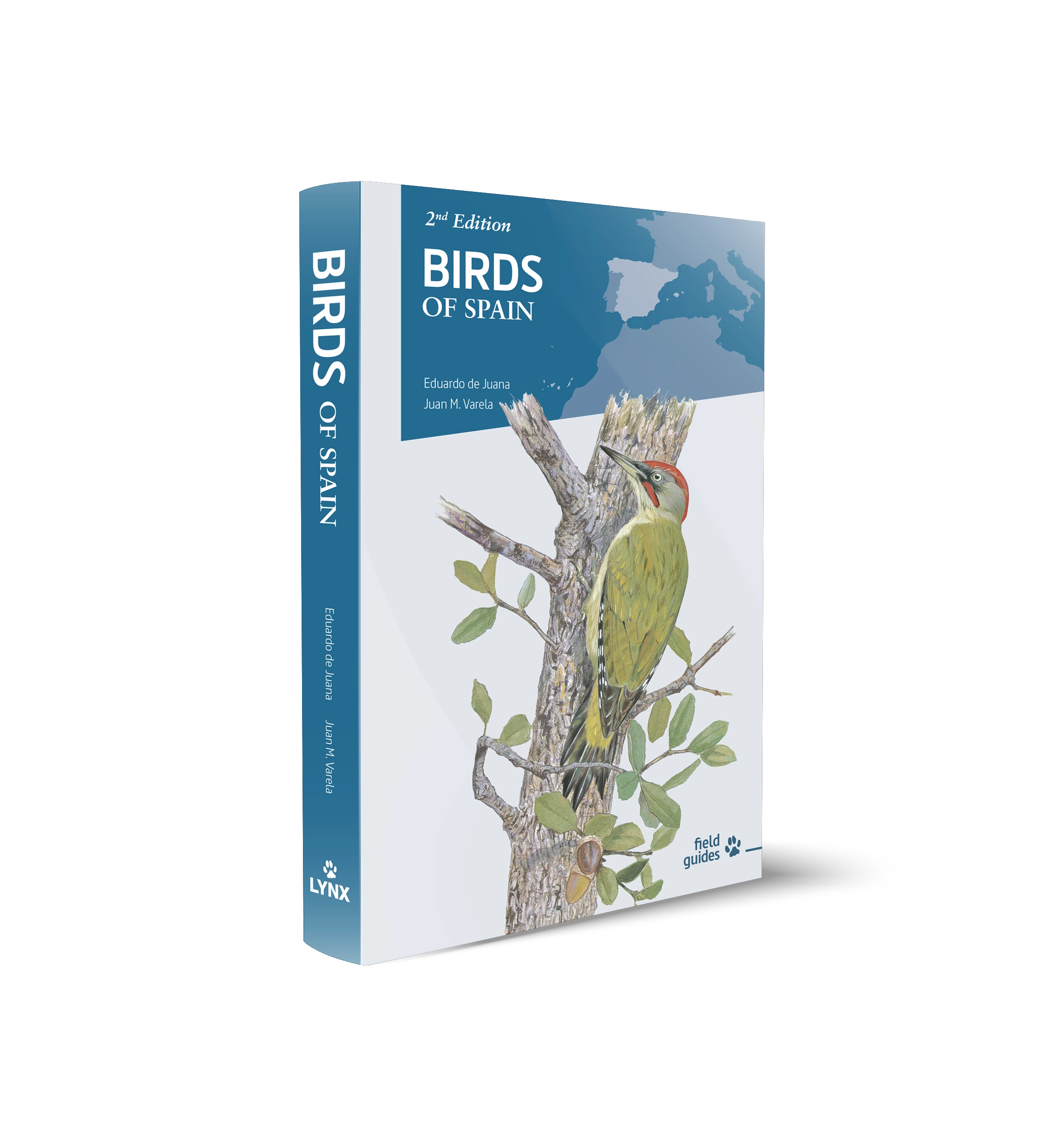
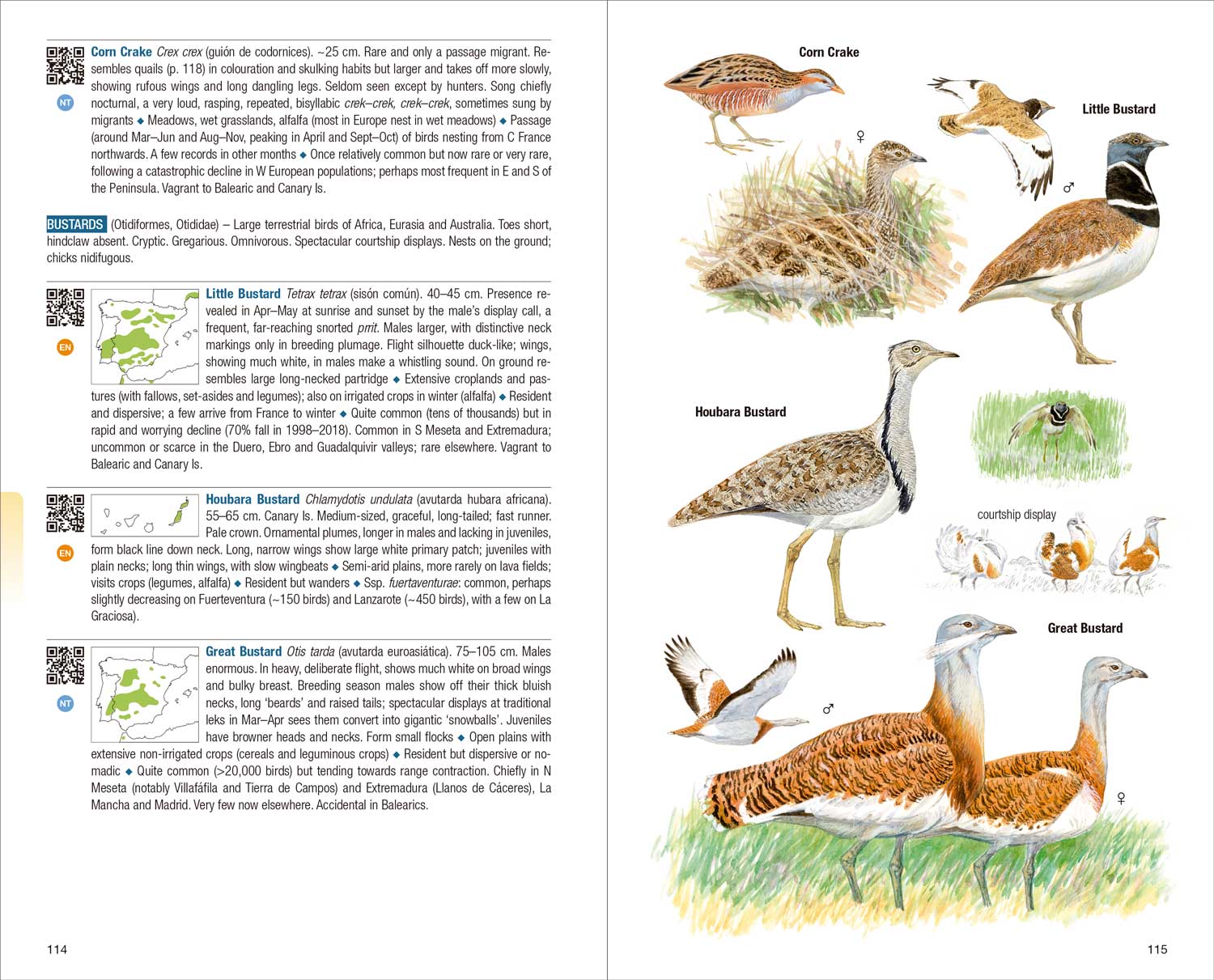
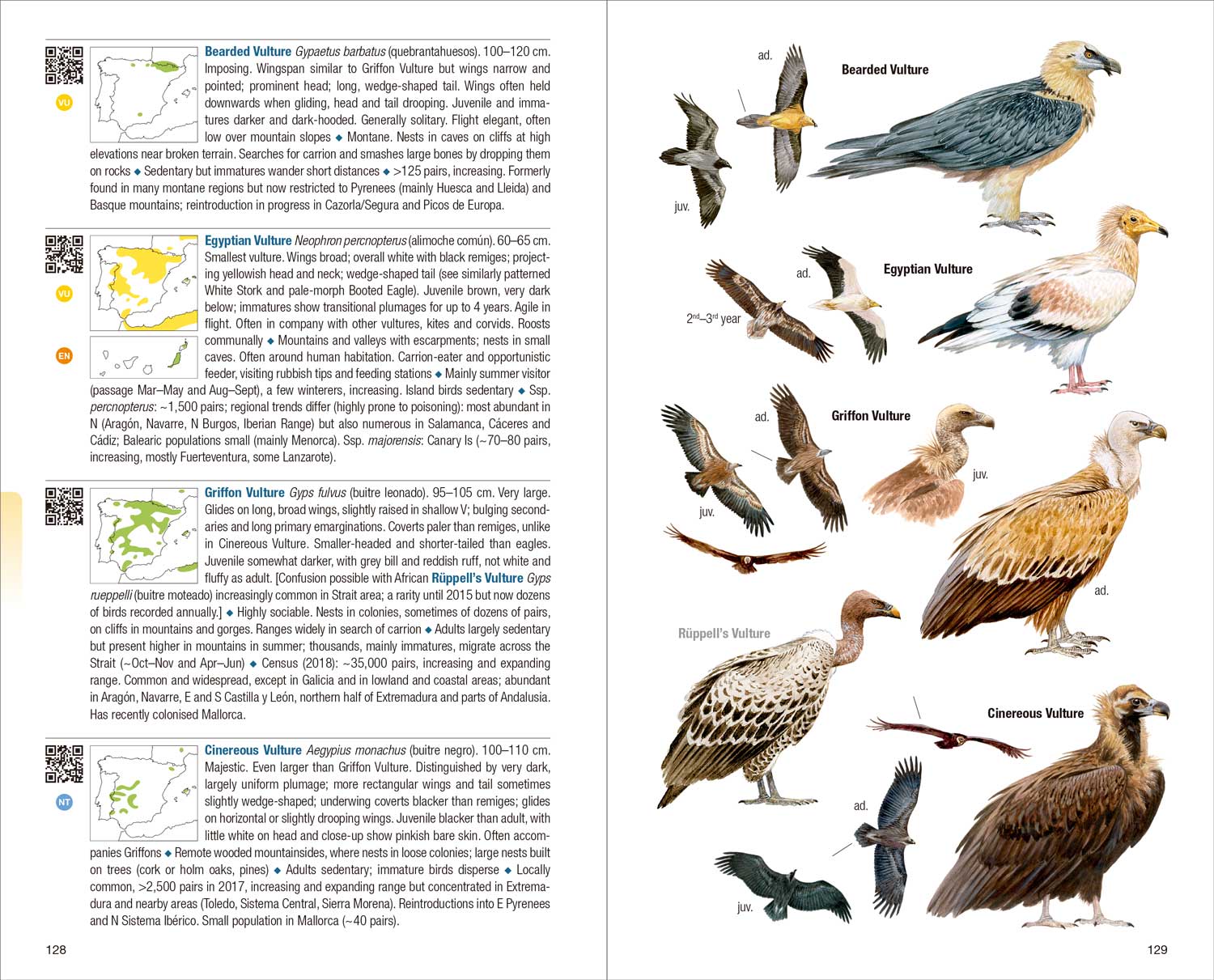
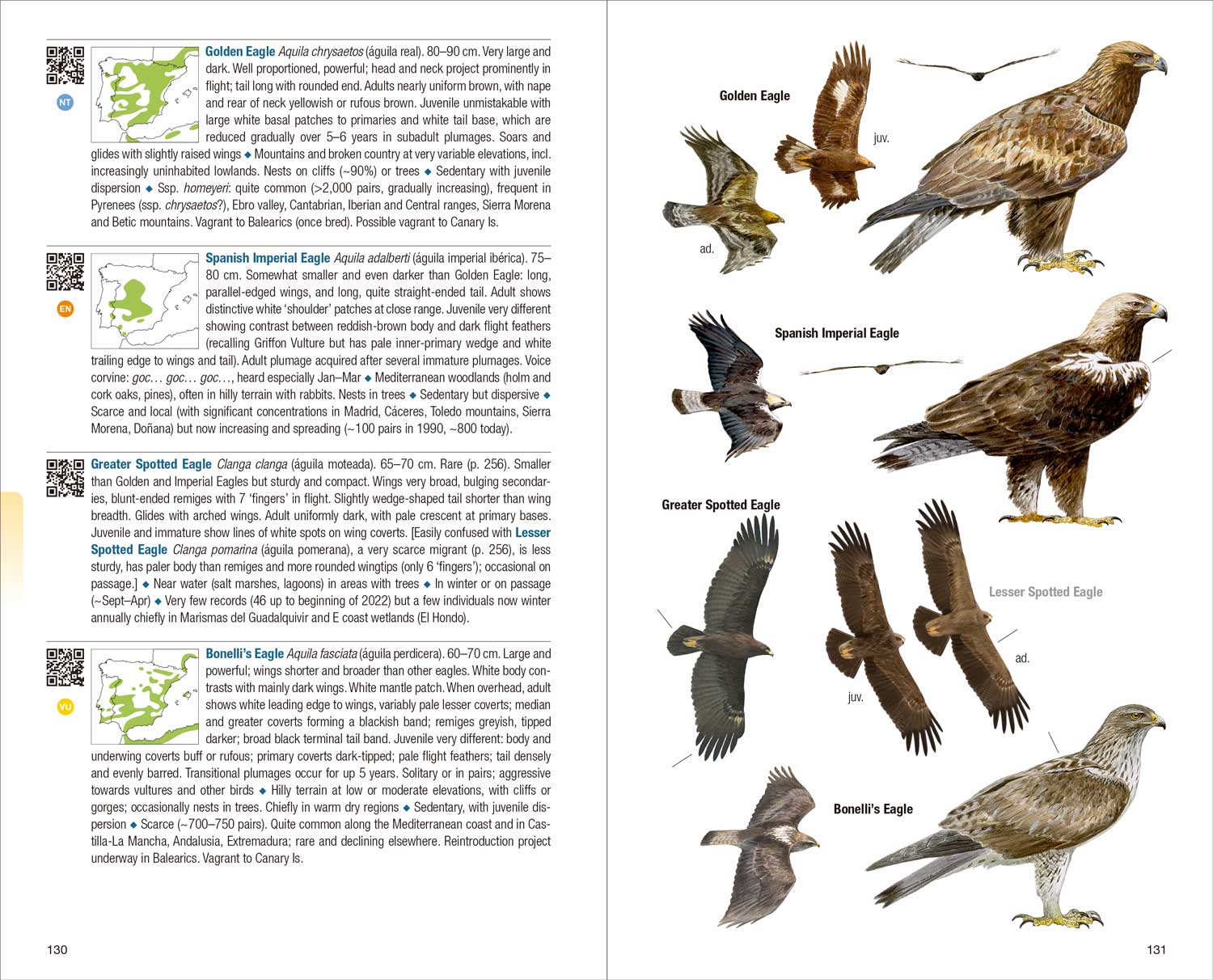
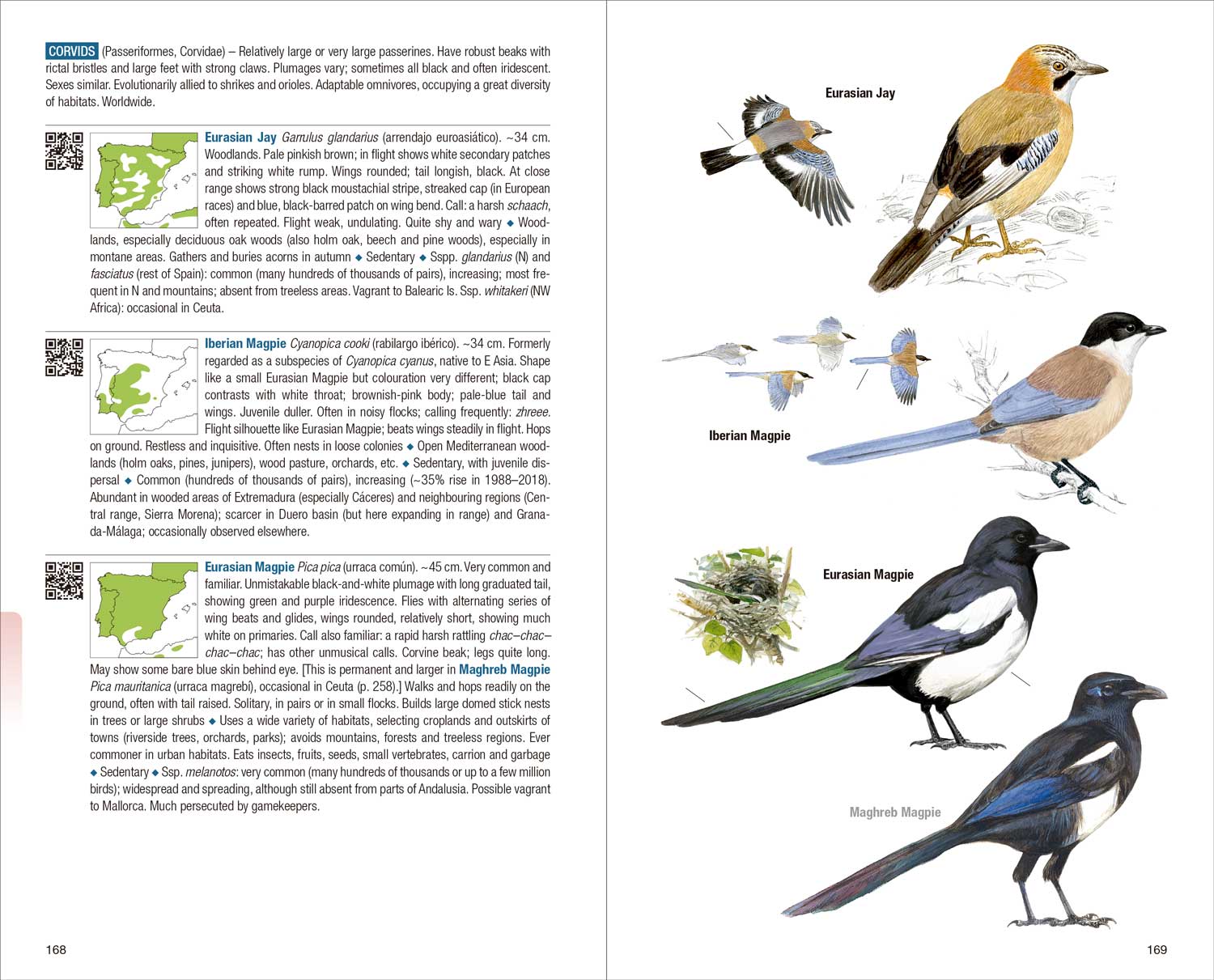
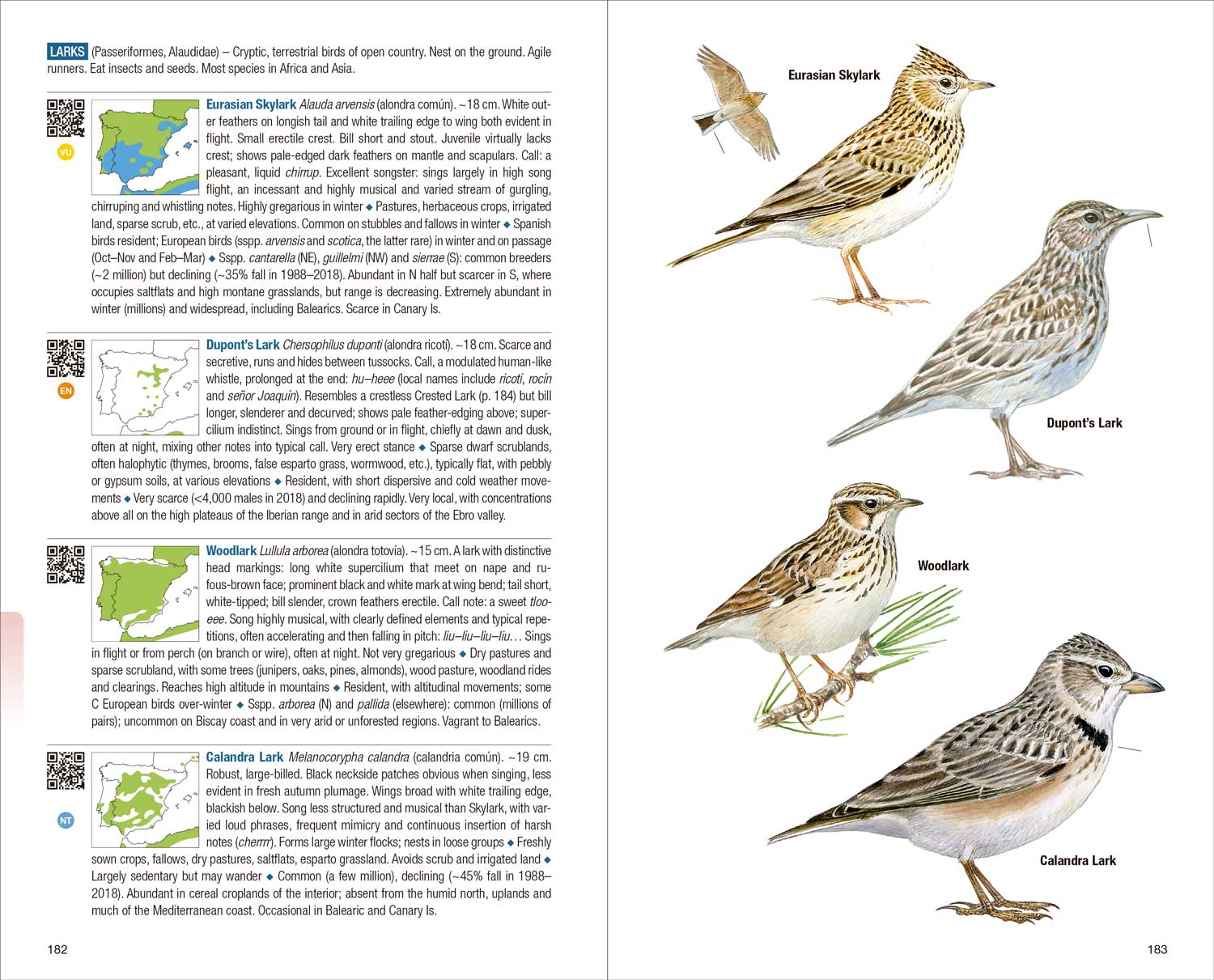
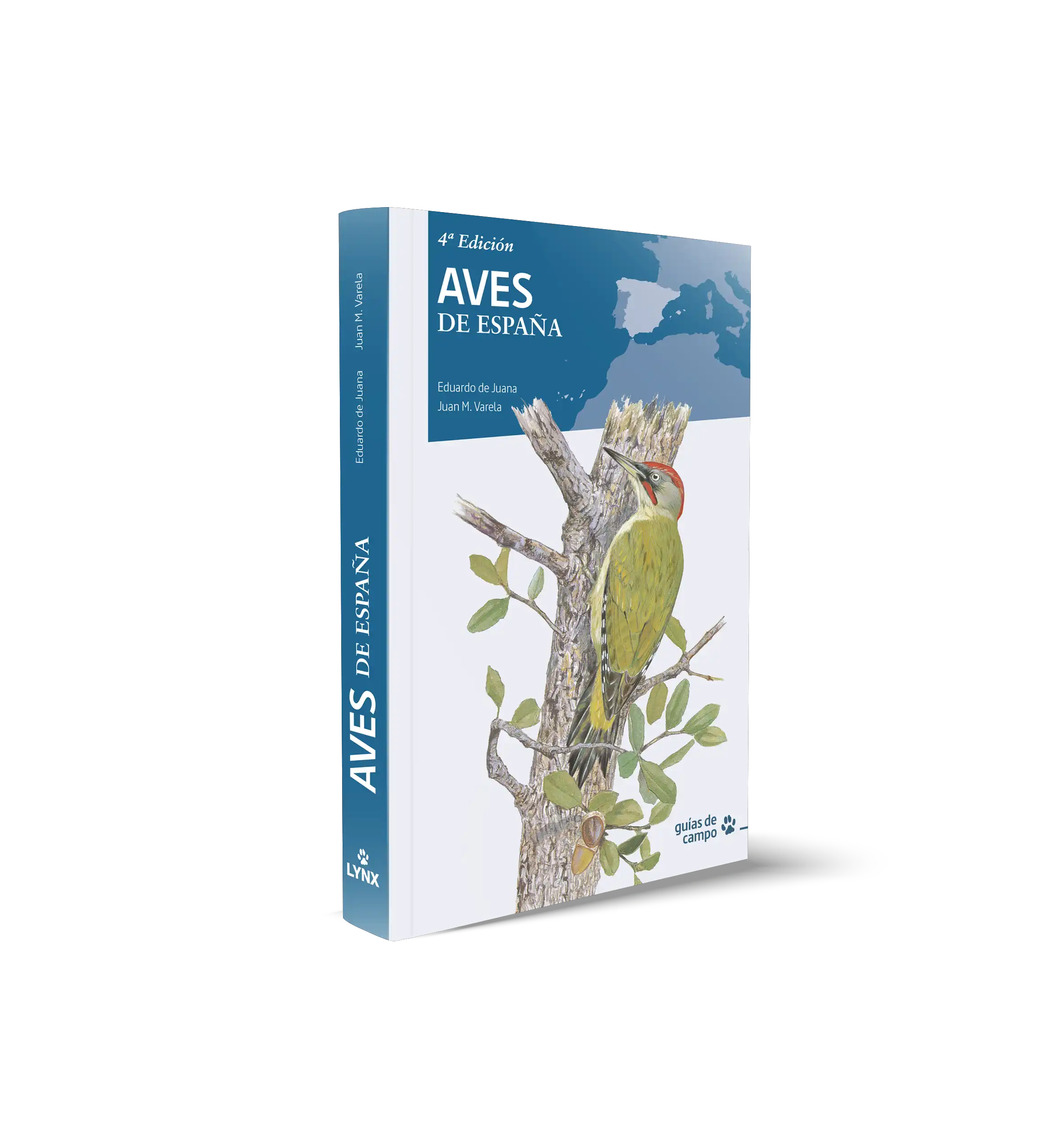
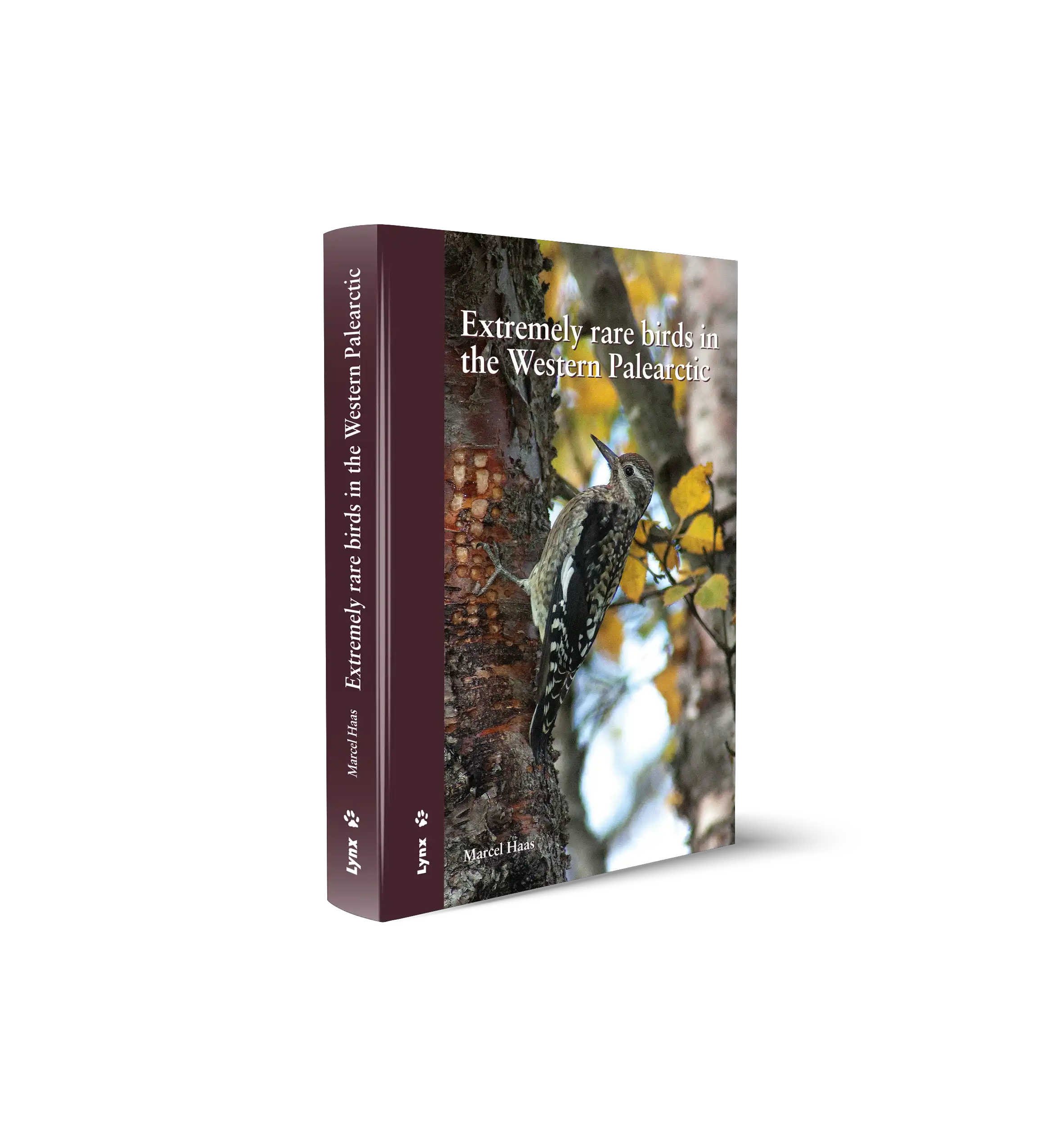
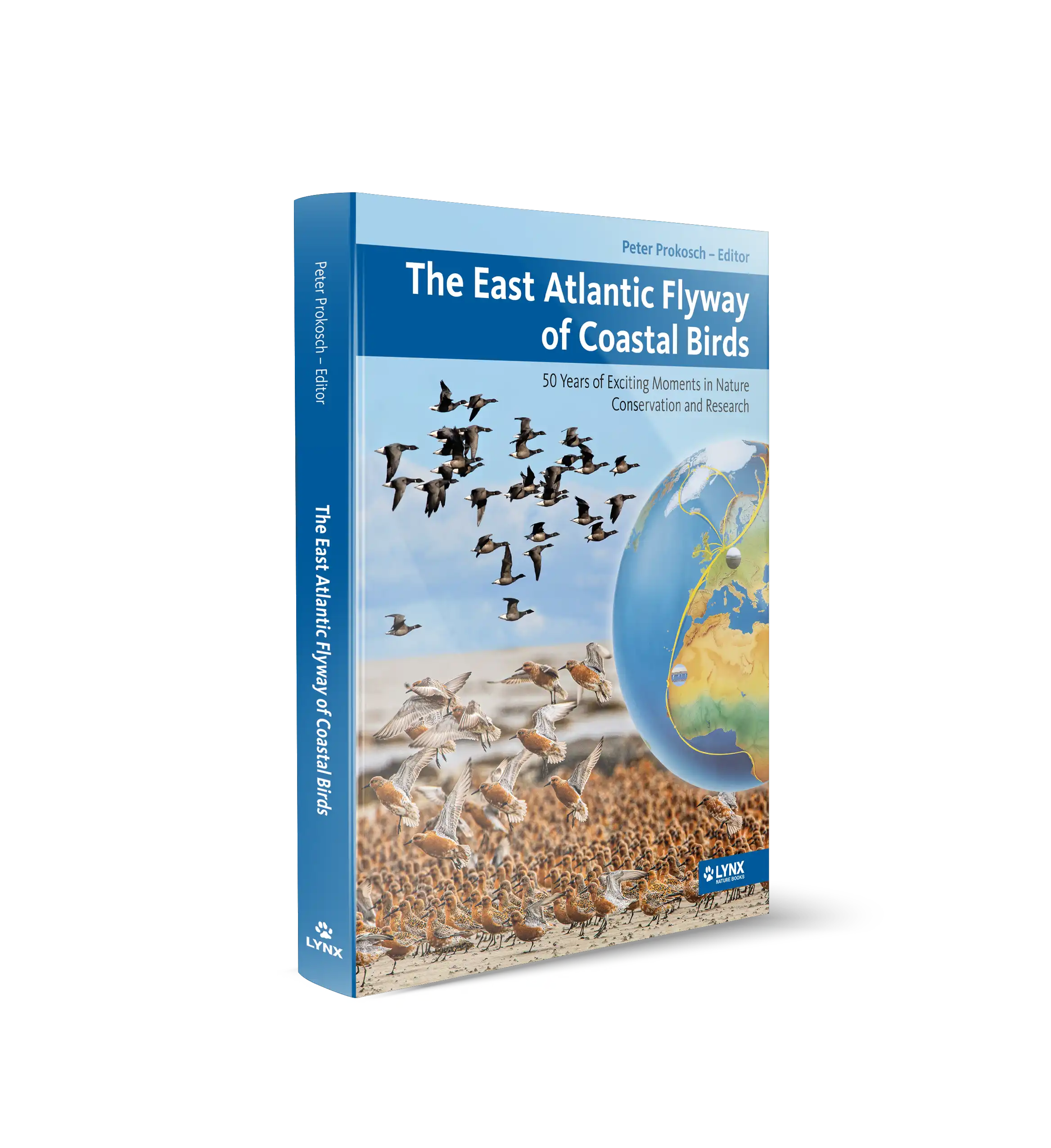
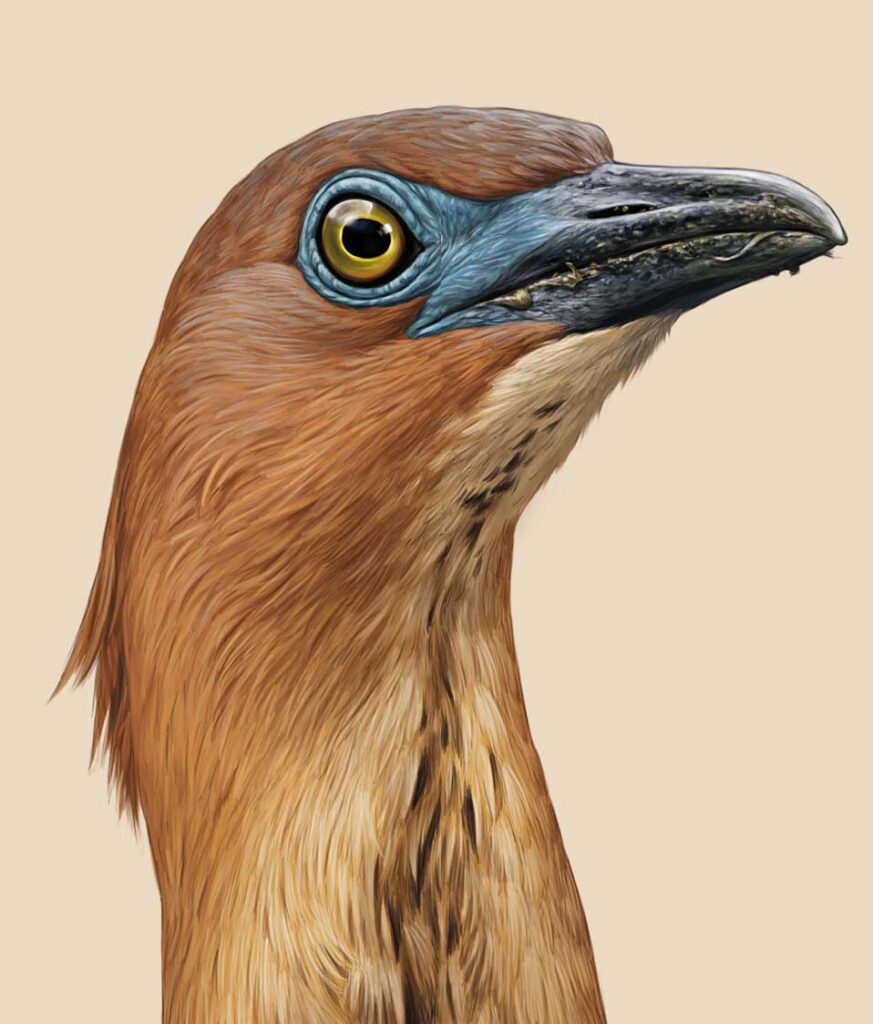
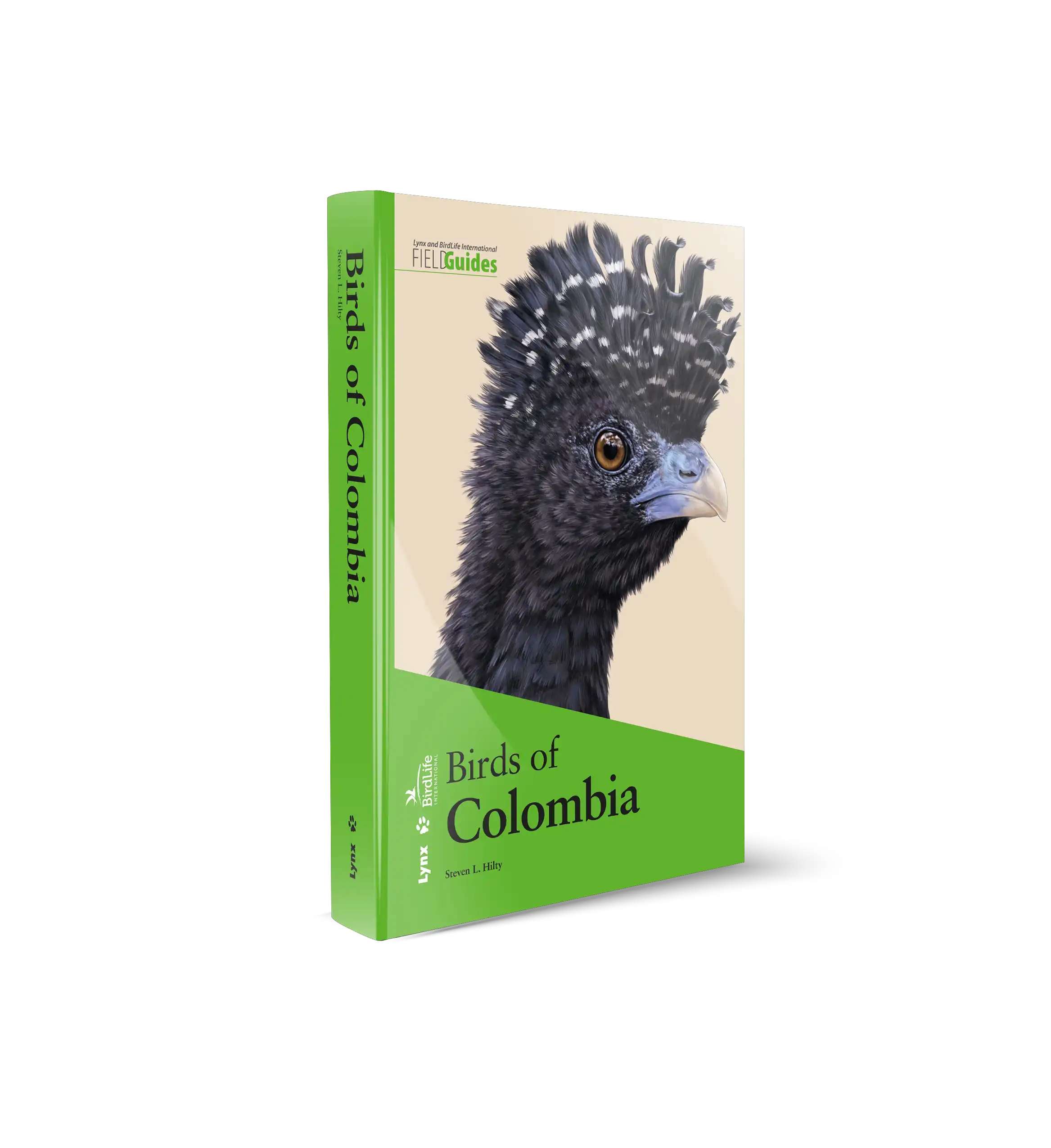
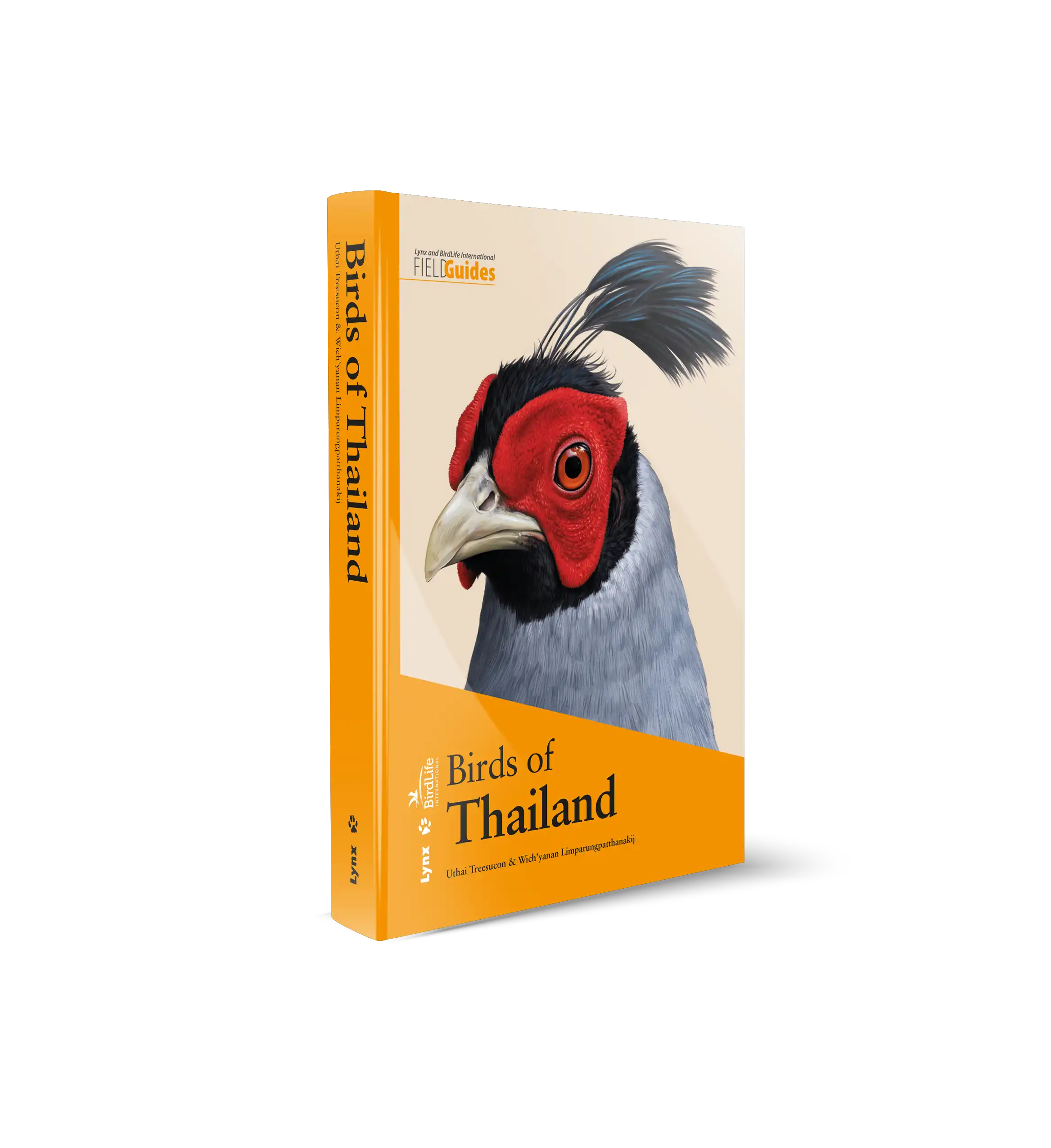
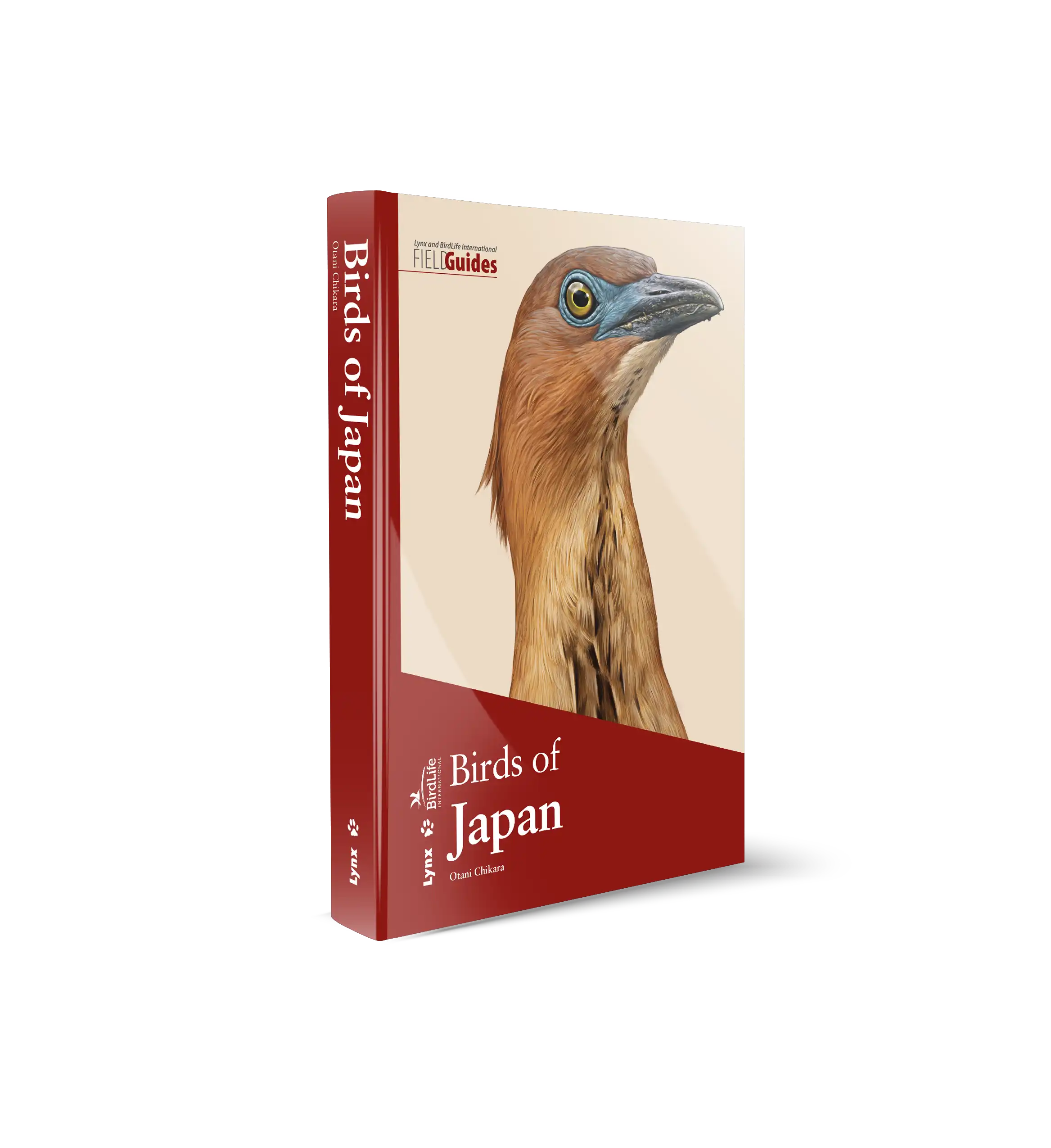








 Copyright 2025 © Lynx Nature Books
Copyright 2025 © Lynx Nature Books
Gehan de Silva Wijeyeratne –
My spontaneous reaction to this book was an overarching impression of a book that seems clean and fresh and friendly to people whose birding is at a beginner or intermediate level. However, I should immediately add that the quality of the text and the structure of information is good enough to satisfy experienced birders. So why does this book seem like a ‘friendly’ book for newcomers.
The answer seems to lie in the illustrations being much bigger, perhaps twice the size of other field guides. Plus, there is a pleasing painterly touch to the illustrations. This does not detract from the accuracy. The illustrations are life-like and have the accuracy of detail expected from an advance field guide. But nevertheless, they are pleasing and an interesting departure from the photo-realism style that has become more normal. Also, it may actually help newcomers to birding to have a book where the illustrations are easier on the eye and not too busy with several illustrations of different age class or sub-species plumages.
The identification aspects of the text is very good and reflects much of the recent advances in bird identification. In fact, as an ID guide, the book will work well anywhere in Europe for the regularly occurring species. The book is also compact and lighter than European gold standard, the Collins Bird Guide. For European birders flying into Spain for a short break and needing to carry everything in a day pack on a budget airline, this book is a good alternative. Especially so if you are a regular to Spain and are interested in in the distribution text which is specific to Spain. However, the clear, distribution maps cover the whole of the Iberian Peninsula, quite often extending to the North African coast as well. I would have been quite happy to have had this book on my last visit to Portugal because it would have been perfectly adequate as field guide for Portugal as well.
The text on distribution and abundance is Spain-centric. This book will serve well the many native English-speakers who visit regularly or have a second home in Spain. But wherever you are live in Europe, it is always to compare and contrast the relative abundance of some species of birds in your home country versus another you are visiting. Visiting birders may find this extra information of interest as field guides often omit that level of detail to remain compact. But this book manages to fit extra information in concisely and even in some cases information on sub-species or similar species whilst keeping the book relatively compact.
The text facing the pages have clear distribution maps. As with other field guides by Lynx Nature Books there are QR codes as well, on the text page facing the plates. These take you to the SEO Birdlife’s Guia de Aves de Espana site in Spanish. What is most helpful is that you can then listen to the calls as well.
The main section ends with abbreviated accounts of rarities some of which are illustrated. The end pages include a good bibliography, a checklist of species, links to regional bird reports and other internet resources. All in all, its field guide that has been put together well and will be a good role model for other country level field guides which want to pack in a lot of information but nevertheless feel accessible those who have not crossed the line to being hard core birders.